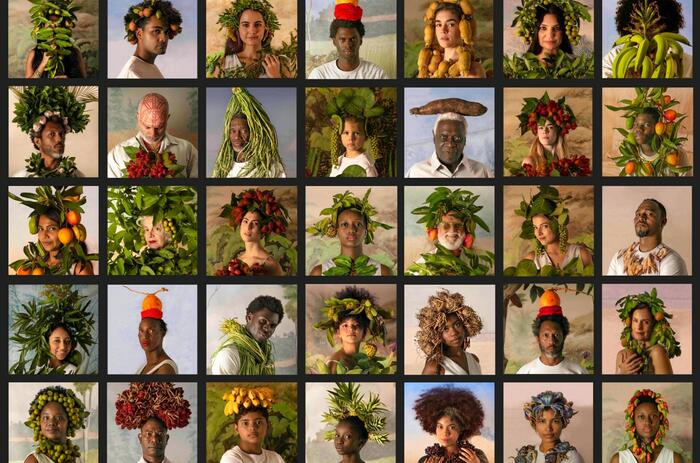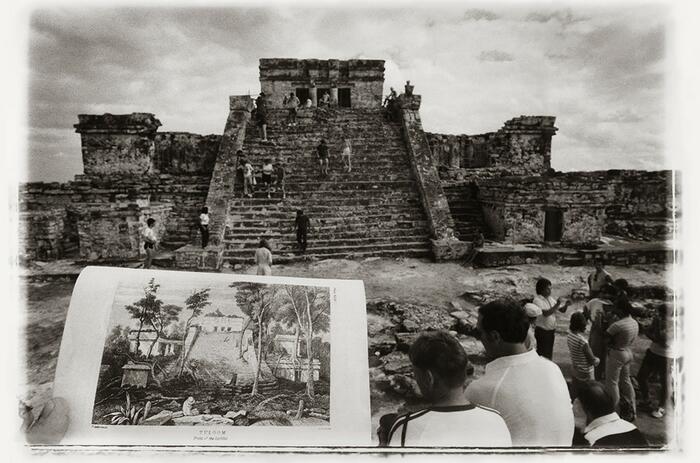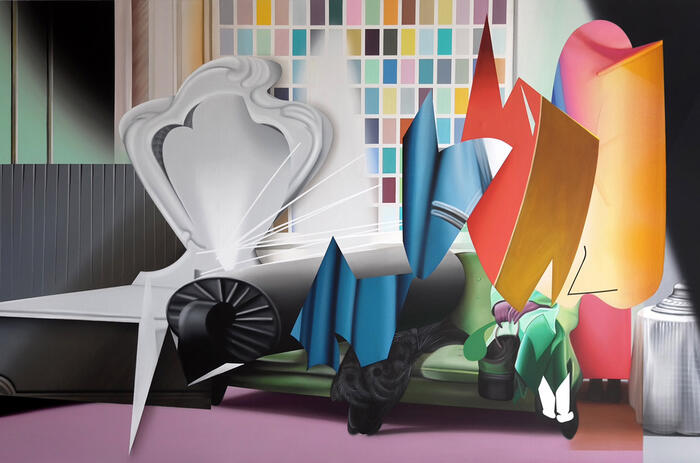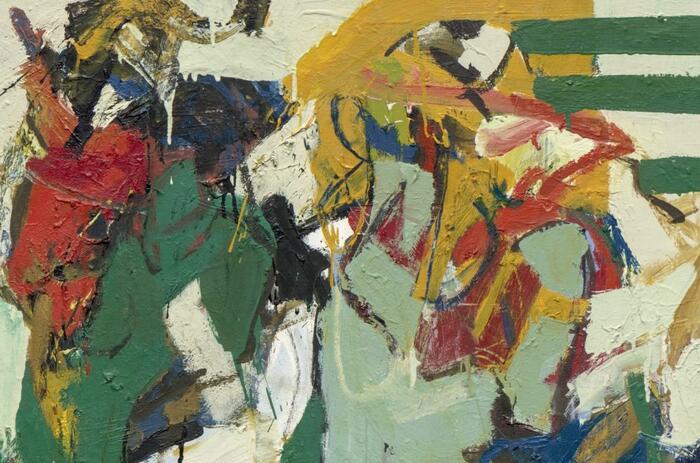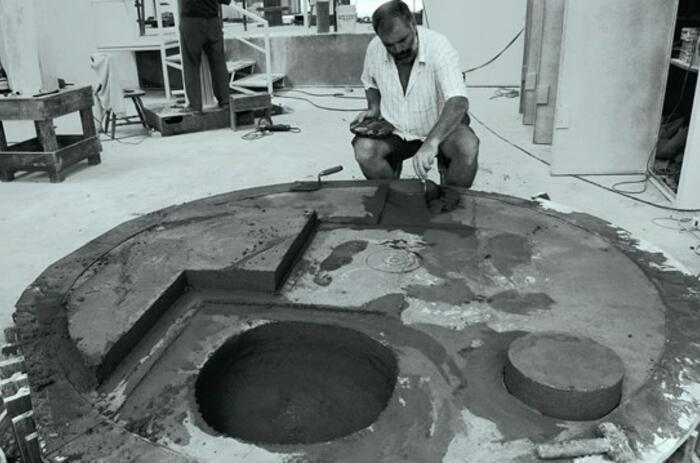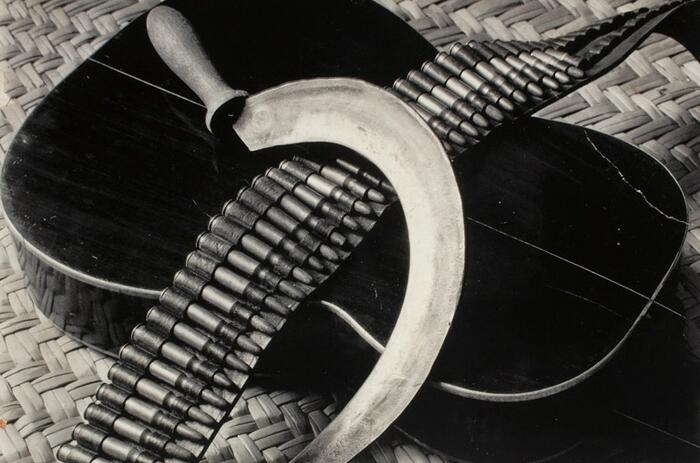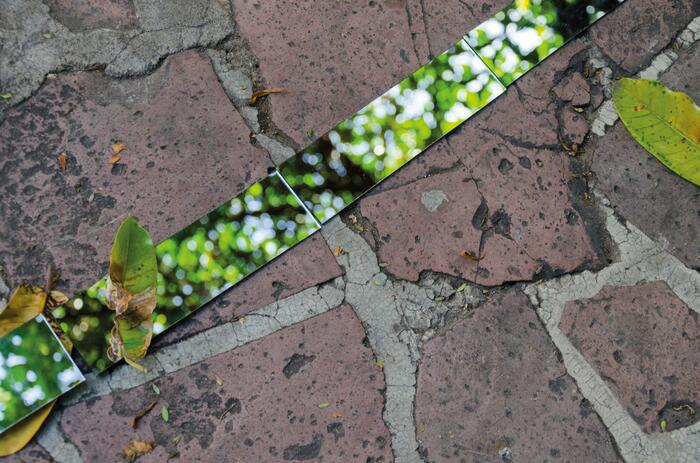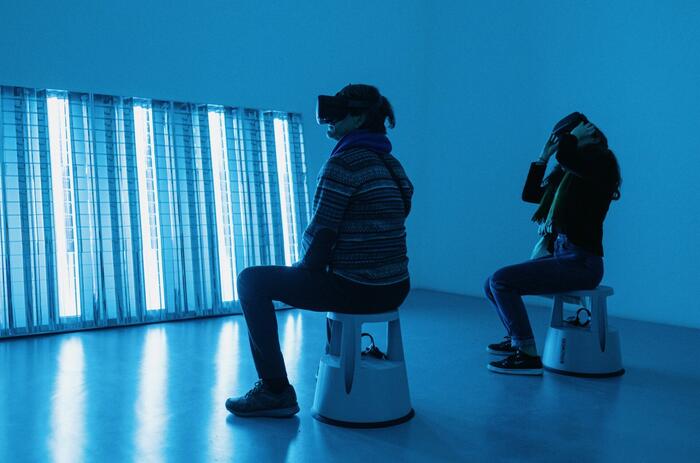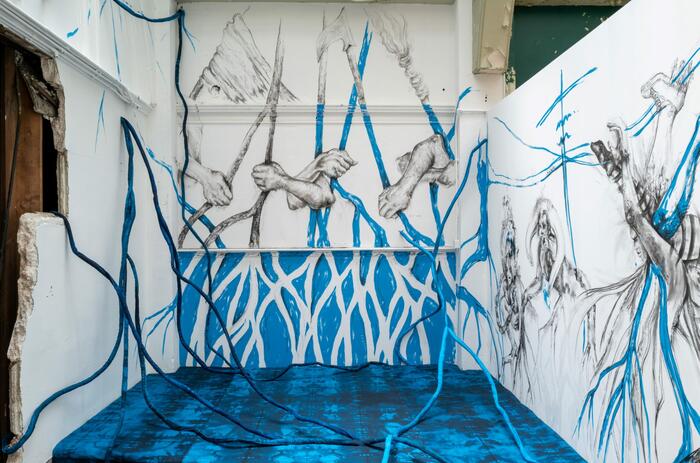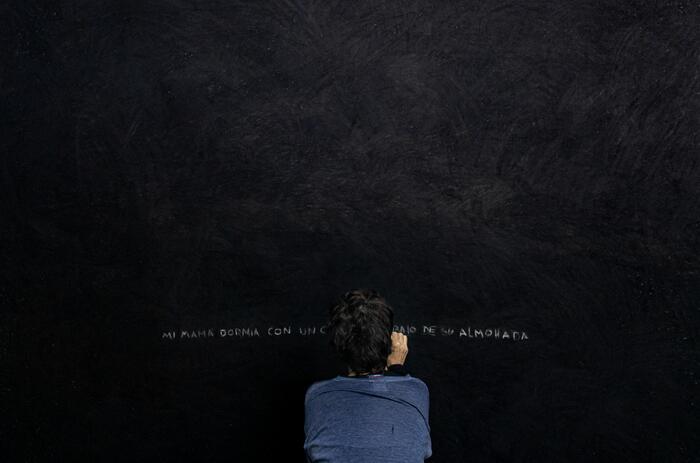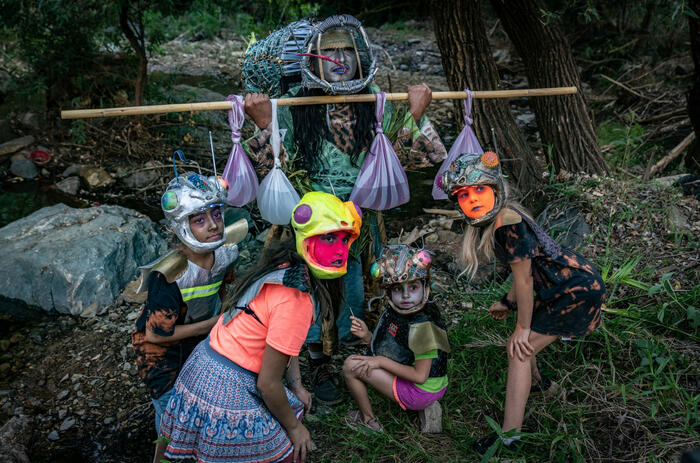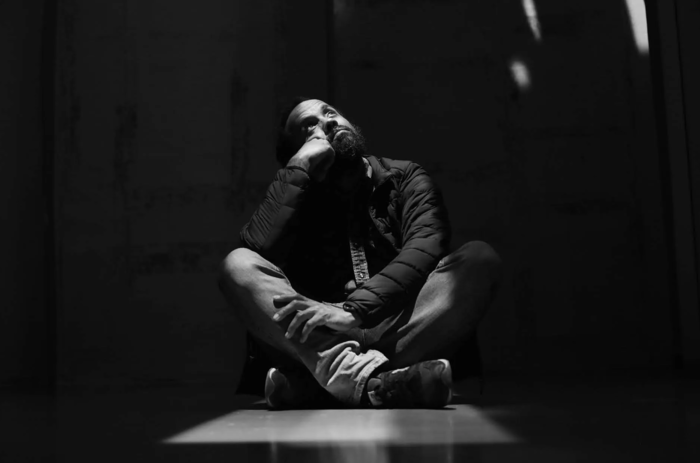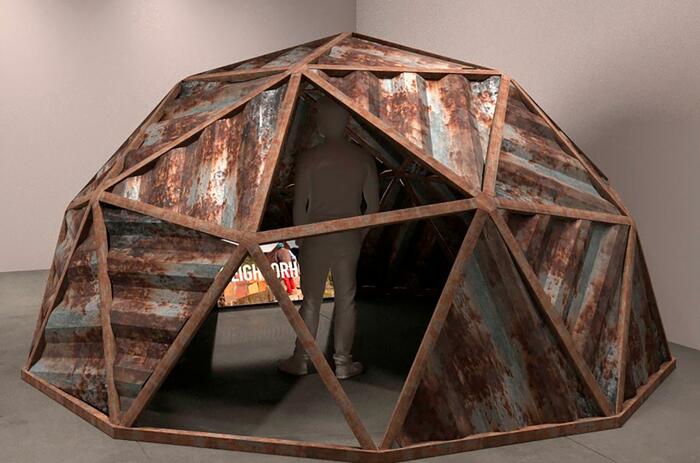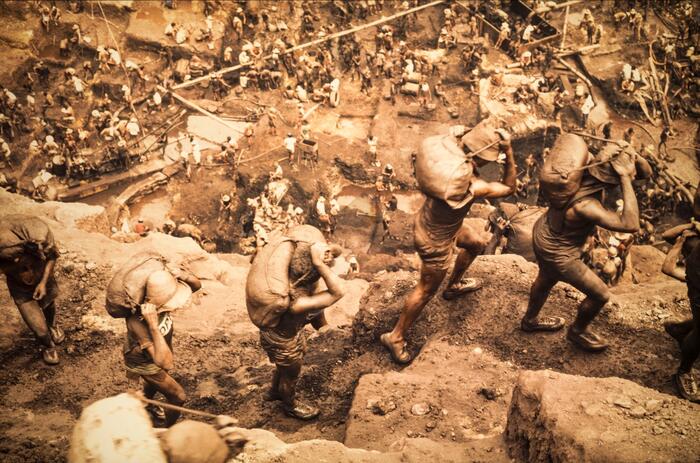EXPLORING THE ORIGIN OF THE MYTH OF WEALTH IN THE "NEW WORLD"
The exhibition El paraíso en el nuevo mundo (Paradise in the New World) at Espacio El Dorado explores the implications of the imaginary of the earthly paradise in the colonizing process of America, and its persistence.
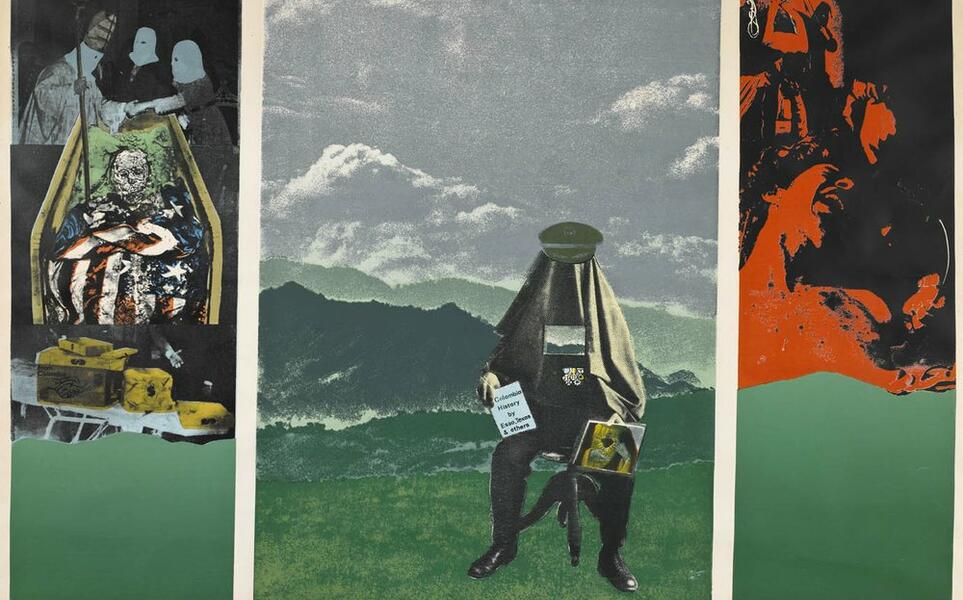
The affirmation of the Paradise’s location in the new lands varies according to the imperial ideological line, both Catholic (Spain and Portugal) and Protestant (Holland and England), and there is even talk of Jewish influence. Each horizon was fed with images and stories of the chroniclers of the Indies and with texts impregnated with a poetic fantasy that sought to create an atmosphere of credibility in the context of the process of expansion of the empires and that, of course, ended up distorting history itself.
The idea of locating paradise in the new world had repercussions on the ideology of the landscape, the conditions of the territory and the attitude of its inhabitants, which has led us to the paradox between an abundant and open place (utopian) and at the same time a wild and inhospitable place.
The search for Paradise was a medieval obsession fed by Louis IX who, with such an illusion, sent Guillaume de Rubruck on an expedition to Asia in 1253. His voyage resulted in the tracing of the so-called Silk Road, which would later be traveled by the Polo brothers until the Turks took Constantinople and closed it in 1453.
According to the Genesis, the Earthly Paradise is to the east of Eden, that is, to the east of the east, to the east of any known place "where no one can reach except by divine will" (Diary of Columbus). Paradise was located just beyond the unknown and was represented as a terrifying void plagued by monsters, acephals, Amazons, pygmies and cannibals.
The attempts to locate the paradise in America were multiple and with enormous implications that suggest reflections on the subject: how did the Spanish colonizers come to consider within the domains of the Catholic Church territories that already had an owner and to decide on the future of its inhabitants?
This cycle reflects on the imperial ideological discourse and the forms of circulation of information in the context of the struggles between a Catholic and a Protestant Europe, as evidenced in the publications of Fray Bartolomé de Las Casas or Theodor De Bry, who made very detailed descriptions of the encounter between the Europeans and the inhabitants of the New World.
The works and projects exhibited correspond to a critical review of the representation, conceptualization and narrative that identifies us to this day. The sequels of this imaginary have transcended culturally throughout centuries and the paradise in the New World continues to be idealized, which paradoxically has led us to a territory that privileges extractivism, land tenure, the idea of wealth and inexhaustible resources, the impossibility of encompassing the territory and the failed project of nation building, among others.
Participants include Leidy Chávez, José Ismael Manco, Leonel Castañeda, Fernando Pareja, Francisca Jiménez, Paula Milena Sánchez, Taller 4 Rojo, Umberto Giangrandi, Santiago Montoya, Luna Acosta, Juan Carlos Echeverri, José Ruiz, Carolina Borrero, Julieth Morales and Fabio Melecio Palacios.
-
Fernando Pareja. Hidrargirismo, la danza de la Rana cañera. Rhinella Marina. Modelado virtual 3d e Impresión Gicleé sobre papel Epson ultra premium Photo luster de 260 gramos. 110 x 110 cm. Edición: P/A. 2022 - 2023.
-
Obra de Fabio Melecio Palacios.
-
Santiago Montoya. World Map (Queen of Pain).
-
Julieth Morales. Ishuk Misak / Mujer Misak.
-
Francisca Jiménez. Coordenadas de escape.
-
Francisca Jiménez. Archivo de la inundación.
-
Taller 4 Rojo. Tania.
-
Santiago Montoya. Condenados al éxito.
-
Taller 4 Rojo. Tríptico. Colombia 70. A Colombian History.
-
Umberto Giangrandi. Sin título.
El paraíso en el nuevo mundo. Group exhibition.
Until July 15, 2023.
Curated by María Alejandra Toro and José Darío Gutiérrez.
Espacio El Dorado. Cra. 4a #26c-37, Bogotá, Colombia.

